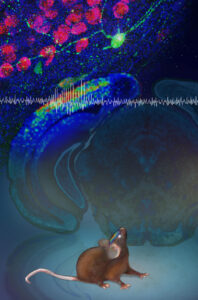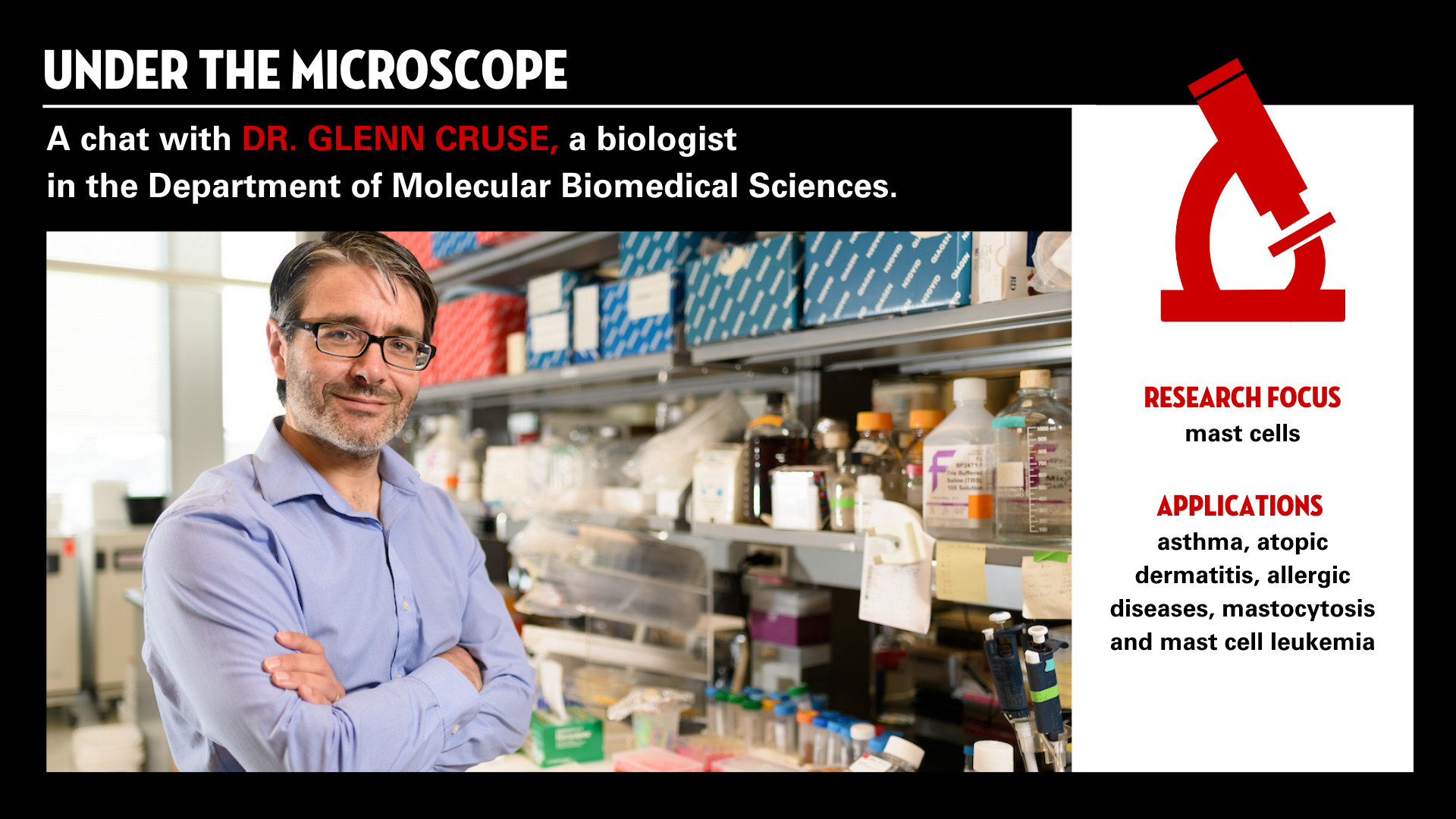NC State Research Team Finds Neural Transplant Reduces Absence Epilepsy Seizures in Mice

Epilepsies are debilitating neurological disorders characterized by repeated episodes of pathological seizure activity. Absence epilepsy (AE) is a poorly understood type of seizure with an estimated 30% of affected patients failing to respond to antiepileptic drugs. Thus, novel therapies are needed for the treatment of AE. A promising cellbased therapeutic strategy is centered on transplantation of embryonic neural stem cells from the medial ganglionic eminence (MGE), which give rise to gamma-aminobutyric acidergic (GABAergic) interneurons during embyronic development. Here, we used the Stargazer (Stg) mouse model of AE to map affected loci using c-Fos immunohistochemistry, which revealed intense seizure-induce activity in visual and somatosensory cortices. We report that transplantation of MGE cells into the primary visual cortex (V1) of Stg mice significantly reduces AE episodes and lowers mortality. Electrophysiological analysis in acute cortical slices of visual cortex demonstrated that Stg V1 neurons exhibit more pronounced increases in activity in response to a potassium-mediated excitability challenge than wildtypes (WT). The defective network activity in V1 was significantly altered following WT MGE transplantation, associating it with behavioral rescue of seizures in Stgs. Taken together, these findings present MGE grafting in the V1 as a possible clinical approach in the treatment of AE.
- Categories:


